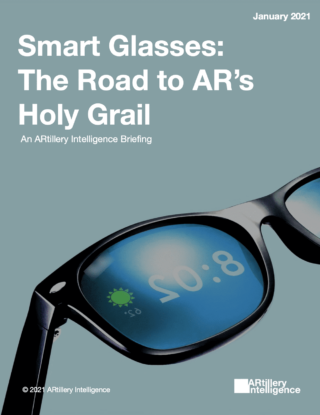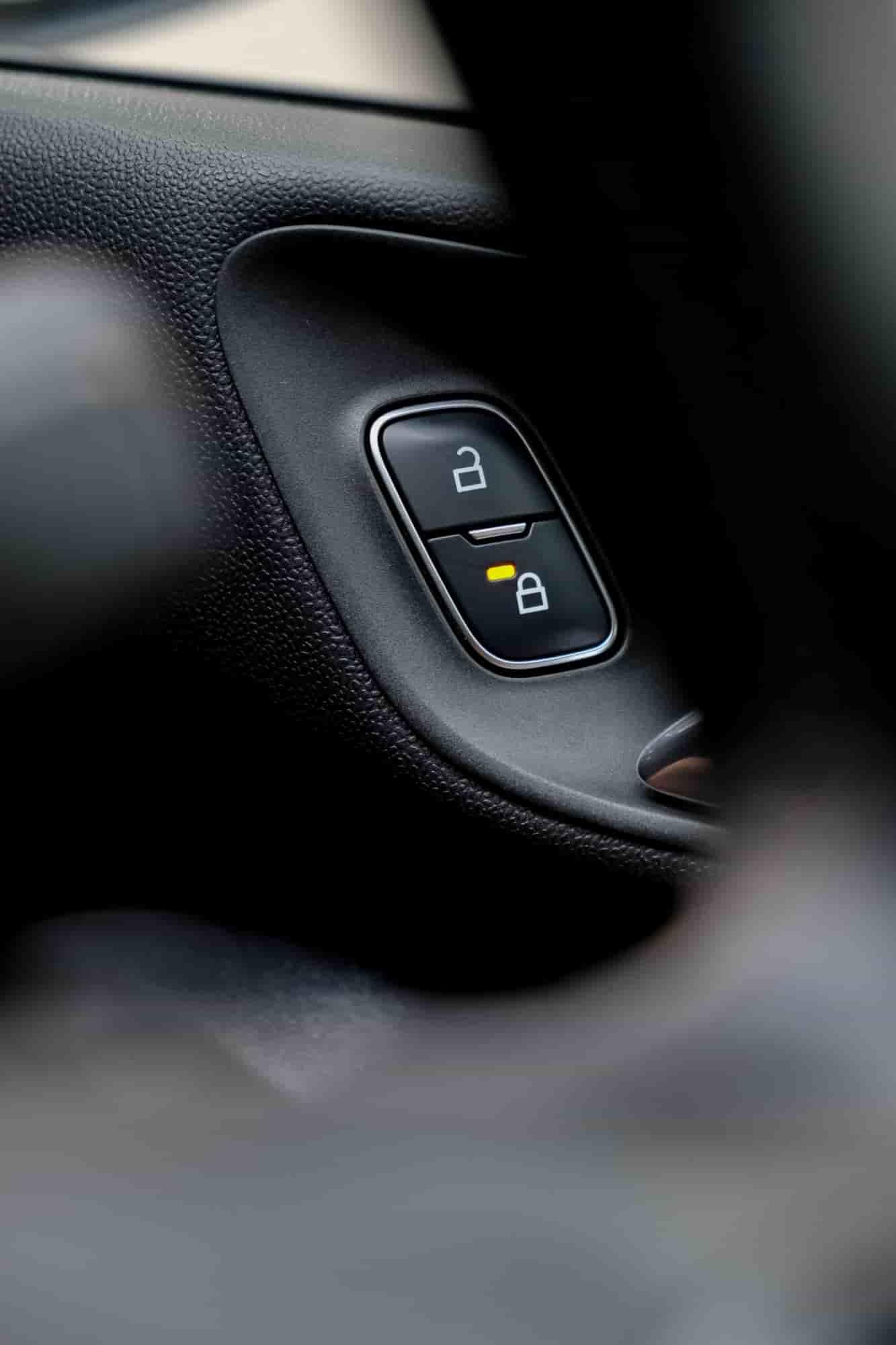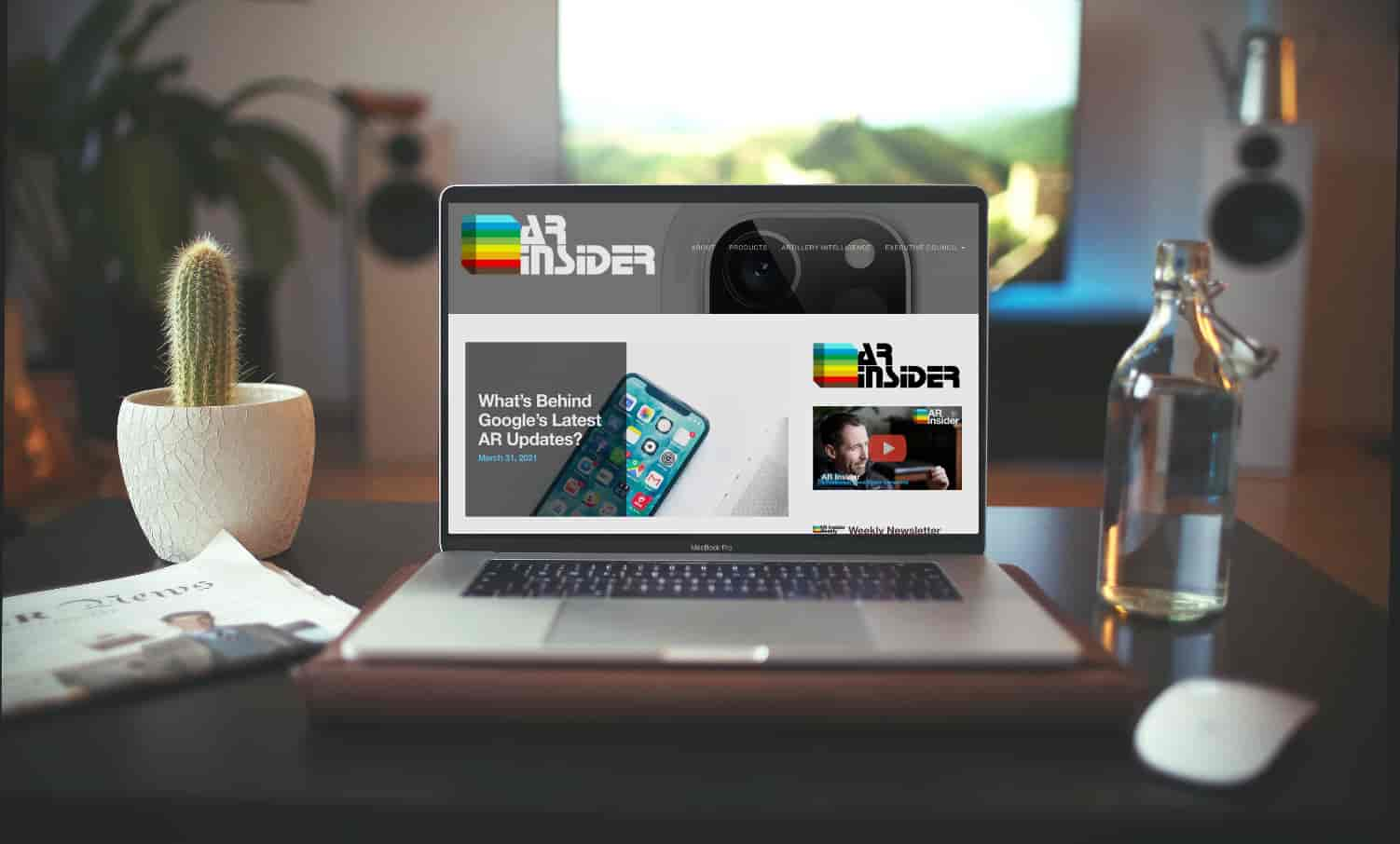
Augmented reality’s traction over the past few years has occurred mostly through the smartphone camera. As we quantified in our recent mobile AR revenue forecast, this early AR modality has reached scale by piggy-backing on a ubiquitous device we all carry.
But that scale has a tradeoff. Mobile AR’s quantitative benefits come with qualitative detriments. In other words, though AR benefits from mobile’s sheer reach, smartphones aren’t the technology’s optimal vessel. There, AR is overshadowed by other established and primary smartphone activities.
Beyond taking a back seat to other mobile use cases, AR’s use on smartphones can be awkward and un-ergonomic. Arm fatigue sets in through the act of holding one’s phone up for long periods to experience line-of-sight graphical overlays. This keeps session lengths short.
Put another way, AR is a bolted-on technology for the smartphone, rather than a native one. A device that has an inherently downward-held orientation wasn’t made for a technology that integrates graphics with line-of-sight perspectives. The result: AR’s smartphone activations are relatively unnatural.
“Relatively” is the key word, as mobile AR has seen some success, such as Snapchat lenses. But to achieve “native” orientation, AR’s true home awaits in glasses form. AR’s potential and its consumer appeal won’t be fully unlocked until it can realistically be housed in wearable eyeglasses.
But that’s easier said than done. The underlying technology isn’t yet at the stage where graphically-robust experiences can be integrated with glasses that most average consumers will wear. Conversely, stylistically-viable smart glasses can’t have the graphical intensity for a worthwhile user experience.
This is a design tradeoff that AR glasses hopefuls continue to grapple with. At one end of the spectrum are AR headsets like Microsoft HoloLens 2 and Magic Leap One – graphically compelling but stylistically untenable. At the other end is hardware such as North Focals – sleek but underwhelming in graphical intensity.
Until the day when these factors can co-exist, tradeoffs will continue to be made, where individual use cases (think enterprise vs. consumer) determine the optimal target along that sliding scale. Meanwhile, the mutual exclusivity of these design endpoints keeps AR glasses in early-adopter phases.
What will it take to get over that hump and bring AR glasses to the mainstream? Will Apple’s rumored glasses accomplish this? And how many years will this evolutionary process take? We’ll answer these questions and others in this report through numbers and narratives.

The fastest and most cost-efficient way to get access to this report is by subscribing to ARtillery PRO. You can also purchase it a la carte.
This report highlights ARtillery Intelligence’s viewpoints, gathered from its daily in-depth coverage of spatial computing. To support the narrative, data are cited throughout the report. These include ARtillery Intelligence’s original data, as well as that of third parties. Data sources are attributed in each case.
For market sizing and forecasting, ARtillery Intelligence follows disciplined best practices, developed and reinforced through its principles’ 15 years in tech sector research and intelligence. This includes the past 4 years covering AR & VR exclusively, as seen in research reports and daily reporting.
Furthermore, devising these figures involves the “bottom-up” market-sizing methodology, which involves granular ad revenue dynamics such as campaign pricing and spending. More about ARtillery Intelligence methodology can be seen here, and market-sizing credentials can be seen here.



ARtillery Intelligence has no financial stake in the companies mentioned in this report, nor received payment for its production. With respect to market sizing, ARtillery Intelligence remains independent of players and practitioners in the sectors it covers, thus mitigating bias in industry revenue calculations and projections. Disclosure and ethics policy can be seen in full here.
Checkout easily and securely.
Ask us anything









